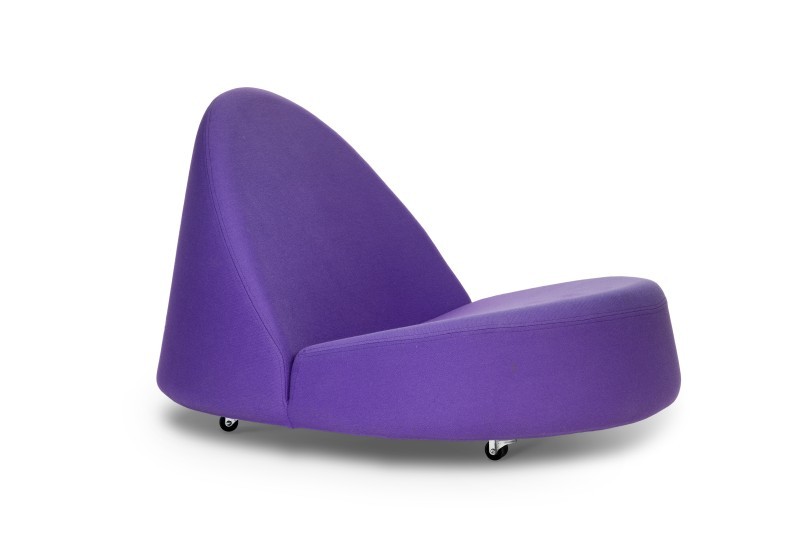Nanna Ditzel (1923-2005) kam mit ihrer postmodernen Einstellung und Rebellion gegen die Tradition erst in den 1990er Jahren zu großen Ehren. Doch schon zuvor war sie eine führende Figur bei der Erneuerung des dänischen Designs. Ihre Entwürfe scheinen oft sehr gewagt, hinsichtlich Farbe und der Vorliebe für neue Materialien. Aber wie ihr Landsmann Verner Panton war auch Ditzel immer an Lösungen für funktionelle und zweckmäßige Designs interessiert. Dieser Sessel auf kleinen Rollen war Teil eines umfangreichen Ensembles und entstand im Auftrag der dänischen Kunststoffindustrie, die damit attraktive Anwendungsmöglichkeiten demonstrieren wollte.
Schenkung Friedhelm Wachs, Leipzig, 2018
2018.131
en

